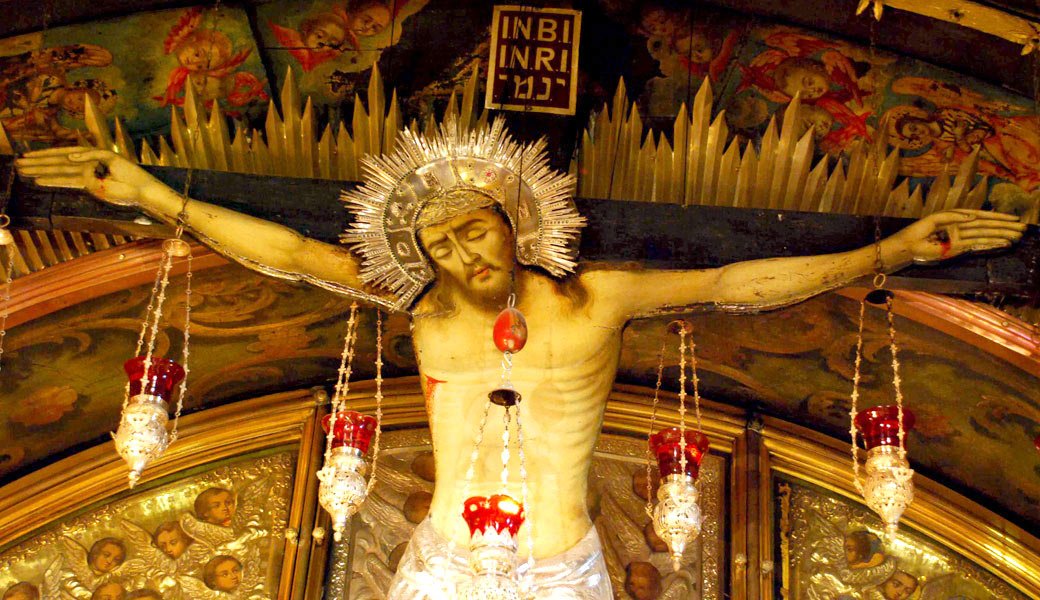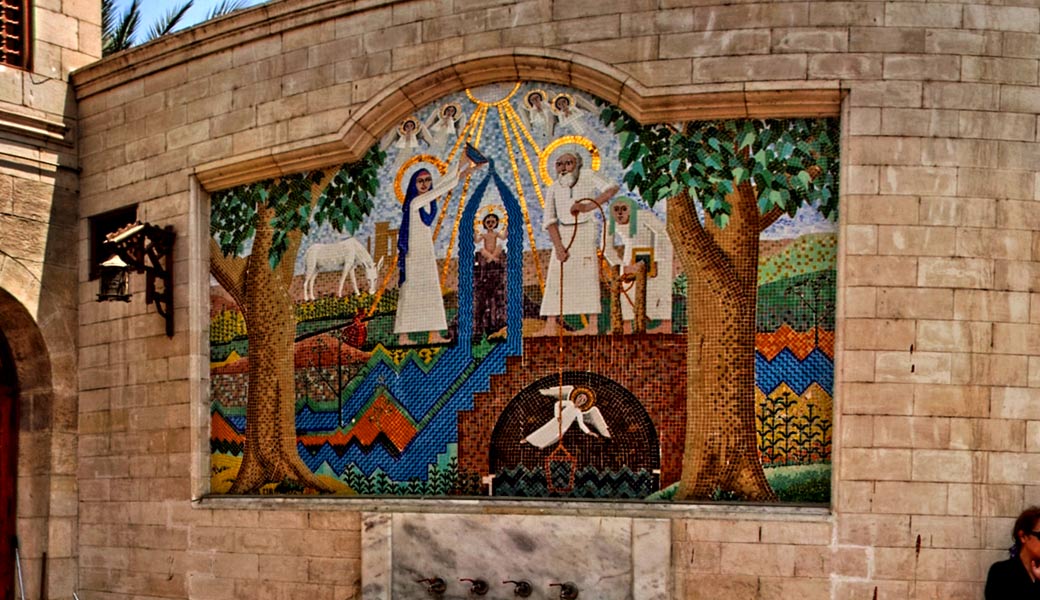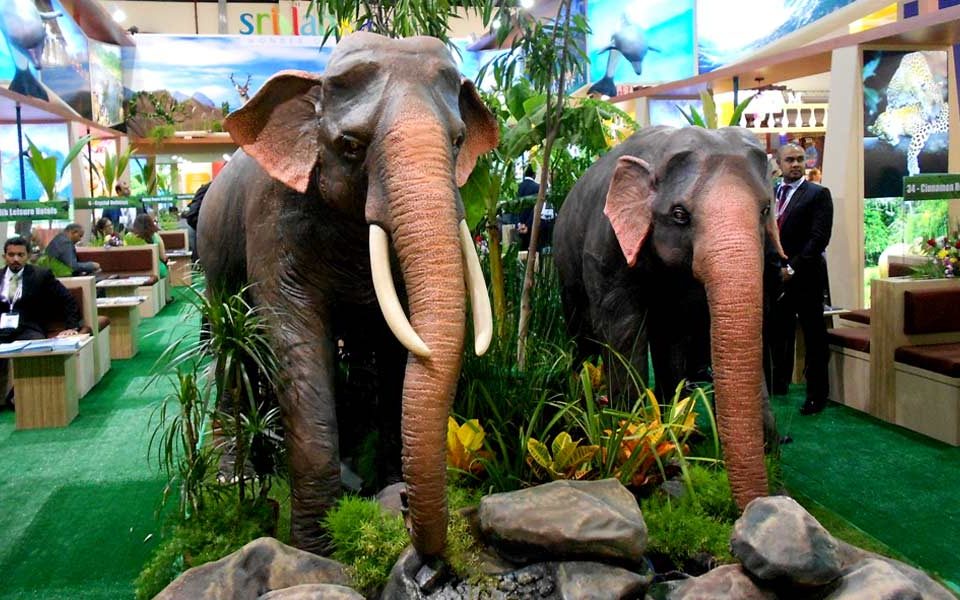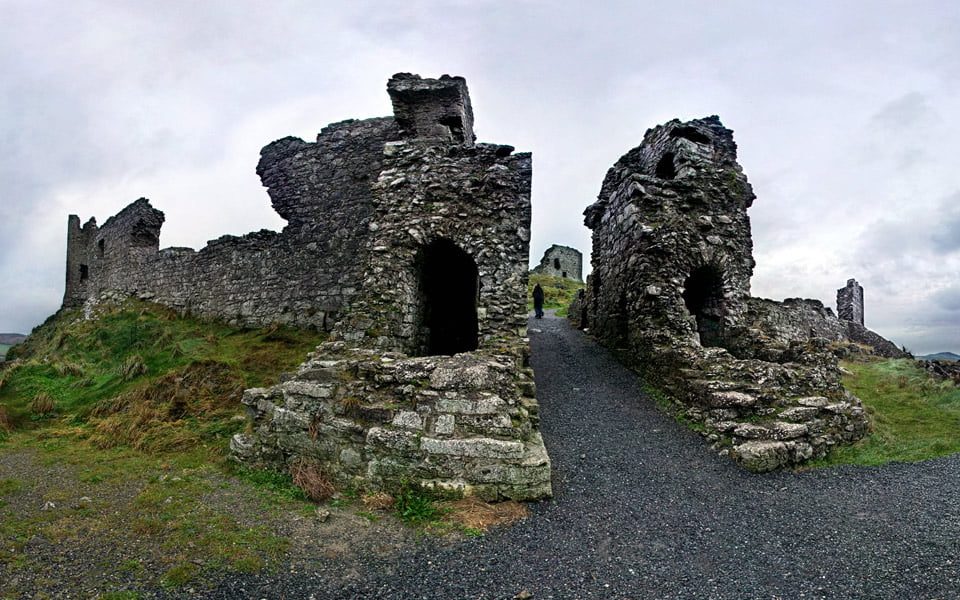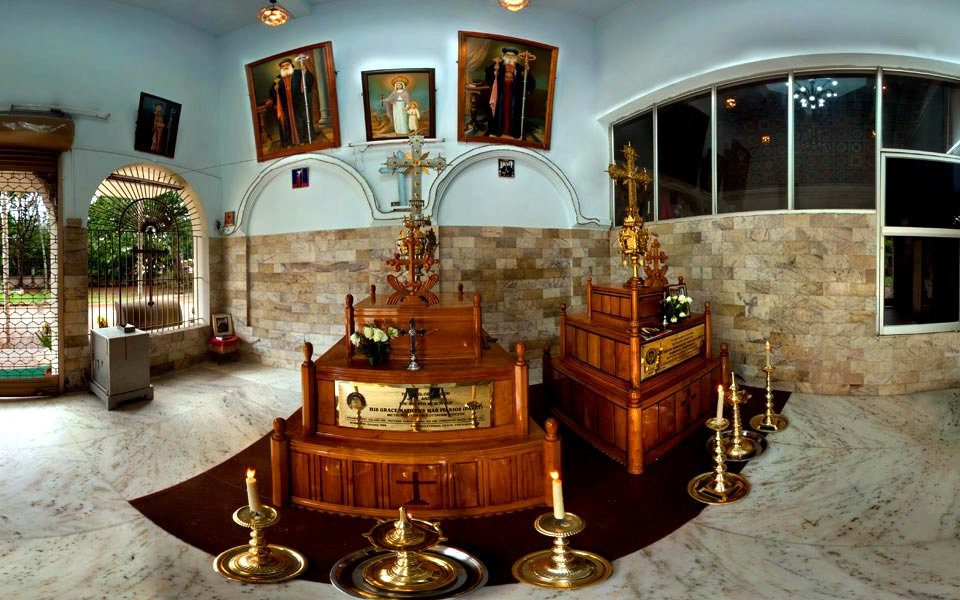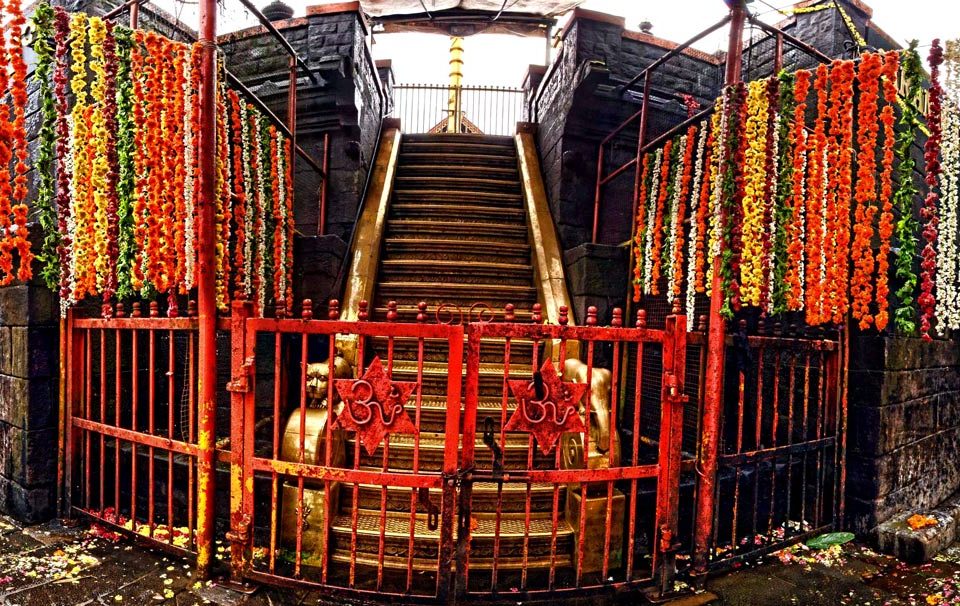360 Virtual Tours of the Sedlec Ossuary (Bone Church) Kutna Hora, Czech Republic
The 360 virtual tour of the Sedlec the Bone Church in Kutna Hora, Czech Republic helps online visitors to explore this UNESCO heritage site from anywhere in the world and at any time.
The world-famous ossuary in Sedlec near Kutná Hora in the Czech Republic is one of the most visited monuments in the Central Bohemian Region, with more than 400,000 visitors a year.
The ossuary is an underground chapel of the cemetery church of All Saints, which was originally part of the Cistercian abbey in Sedlec, founded in 1142 by Mr Miroslav of Markvartice. The church was built in the 14th century as a karner – it consists of two chapels built on top of each other – and according to the latest surveys, together with other building components of the abbey, it tried to approach its Jerusalem designs.
The underground chapel of the Sedlec church is extremely similar to the underground chapel in the Hakeldama field in Jerusalem, where the dead pilgrims were buried. The bodies of the dead allegedly decomposed in Hakeldam soil in just 24 hours.
After one of the abbots of Sedlec, who travelled to Jerusalem with a diplomatic message, brought a handful of clay from the Hakeldam field and scattered it in the monastery cemetery, the cemetery became the so-called Holy Field, the oldest in Central Europe. This aroused interest in the burial in Sedlec and so the Sedlec cemetery began to grow.
After the plague in 1318, 30,000 dead were buried here, and another 10,000 dead were covered by the cemetery during the Hussite wars. In 1421, the buildings of the Sedlec monastery were hit by a fire founded by the Hussites, the fire also partially affected the construction of the cemetery church.
At the beginning of the 18th century, the church was renovated in connection with the overall renovation of the monastery according to the concept of Abbot Snopek and architect Jan Blažej SANTINI – Aichi. The building had to be statically secured, so Santini built a shield between the towers of the western facade and supported the building by adding an extension of the western vestibule. In the style of his specific architectural expression (so-called Baroque Gothic), he also modified the interior, including the design of bone decorations and other accessories such as cut crowns over the pyramids, candlesticks (violets), etc.
Created by Leen Thobias P4Panorama

